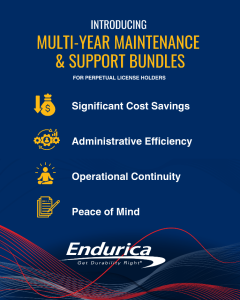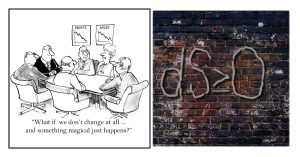What value does your company gain by deploying product development resources one way vs. another when it comes to durability?
R&D organizations are built around what it takes to get the product into production. The costs of the organization include wages for the engineers and technicians, the costs of the capital equipment used in development and testing, and the overhead from administrative functions. These are all fixed costs, and in the rubber industry it is typical to see R&D budgets that amount to somewhere between 1% and 5% of sales.
The R&D program lifecycle is iterative. It goes something like this: design, build, test, qualify for production, launch product. A quick way to understand product development costs is to look at how long it takes for one design-build-test-launch iteration. If it takes your tech center one year per iteration, then the cost of one pass through the cycle is something like (company annual sales) x (R&D rate per annual sales)/(number of parallel development programs executing at a given time in your tech center). For a $2B company with a 2.5% research budget and 10 development programs in the works, this works out to $5M/iteration.

How much of this cost is burned on durability issues? Potentially all of it, at least within any one given iteration. At worst, a non-qualifying test result leads to a “back to the drawing board” restart of the iteration. The durability tests required for qualification can only be made after the prototype is in hand, so a restart means the whole team ends up revisiting and reproducing to correct a failed iteration. Over the long run, if your iteration failure rate is 1 in 5 iterations (20%), that means you are burning $5M x 20% = $1M per product.
How much of this cost can realistically be avoided? The big opportunity lies in the fact that the old “build and break” paradigm does not immediately hold accountable design decisions that lead to poor durability, and it does not have enough band-width to allow for much optimization. A “build and break” only plan is a plan for business failure. Poor decisions are only tested and caught after big investments in the iteration have all become sunk costs. The advent of simulation has fueled a new “right the first time” movement that empowers the engineer to very rapidly investigate and understand how alternative materials, alternative geometries, or alternative duty cycles impact durability. The number of alternatives that can be evaluated and optimized by an analyst before committing other resources is many times greater. “Right the first time” via simulation is a model that is increasingly favored by OEMs and suppliers because it works. Expect to halve your iteration failure rate.







